Hydrangeas: Varied, colourful and lovingly tended to by the wizard of White House Farm
Mark Griffiths extols the beauties of this shrub, from its 18th-century beginnings to its revival in the hands of hydrangea champion Maurice Foster.
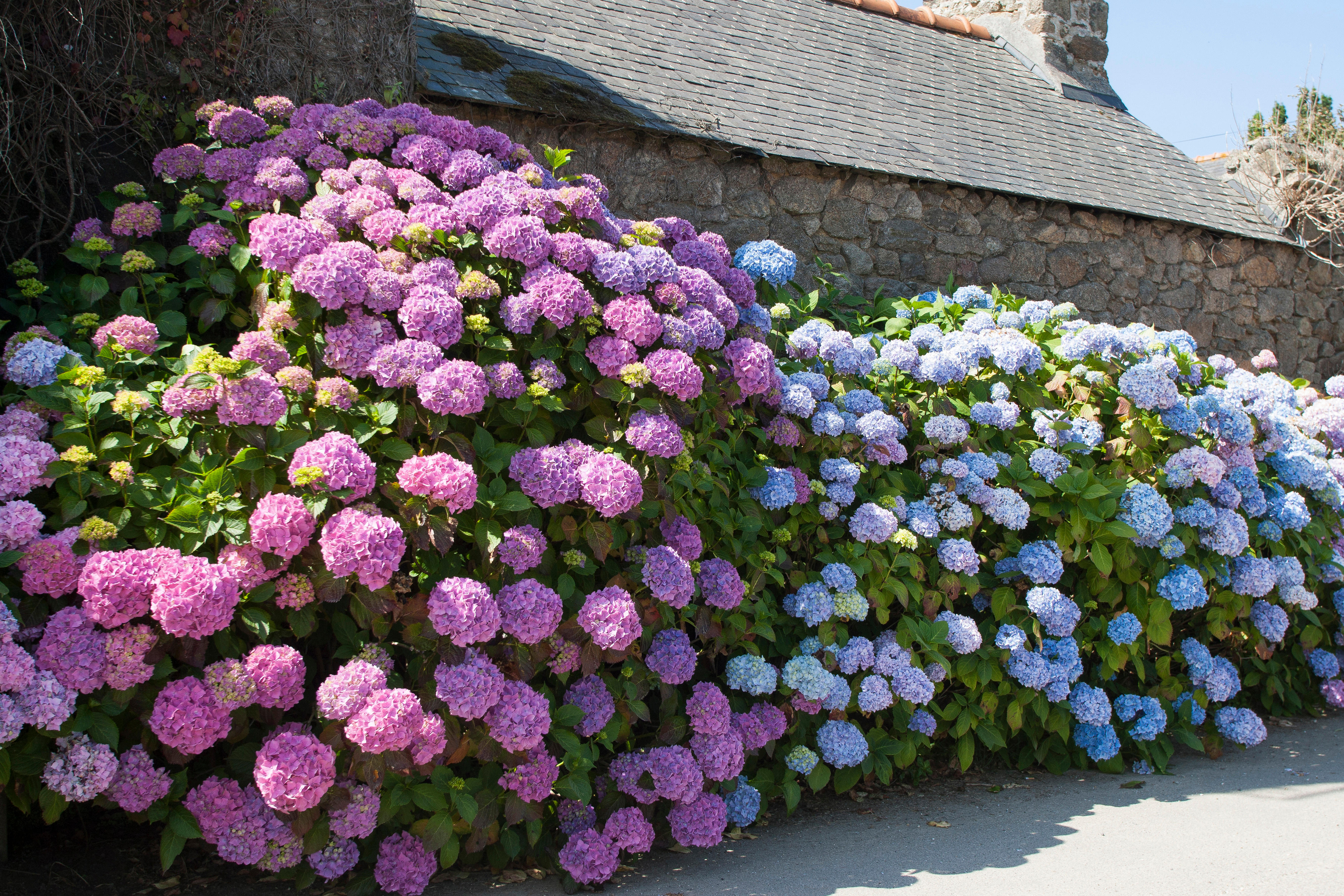
In 1736, Peter Collinson, a London merchant and plant connoisseur, introduced a shrub, seeds of which had been sent to him from its native Virginia. Superficially, it resembled a guelder rose (Viburnum opulus), in that its flowerheads were round, white and composed of a central mass of small, petal-less fertile florets with larger and showy petaloid sterile florets around its periphery.
In 1753, the Swedish botanist Linnaeus named this plant Hydrangea arborescens and made it the first and founding species of his new genus Hydrangea. From the Greek for ‘small water vessel’, the name hydrangea itself was an allusion to the shape of this New World newcomer’s seed capsules and not (as some understandably surmise) to the genus’s habit of fainting in hot weather as if from thirst. Collinson’s shrub became popular with gardeners, as our first and, for a while, only hydrangea.
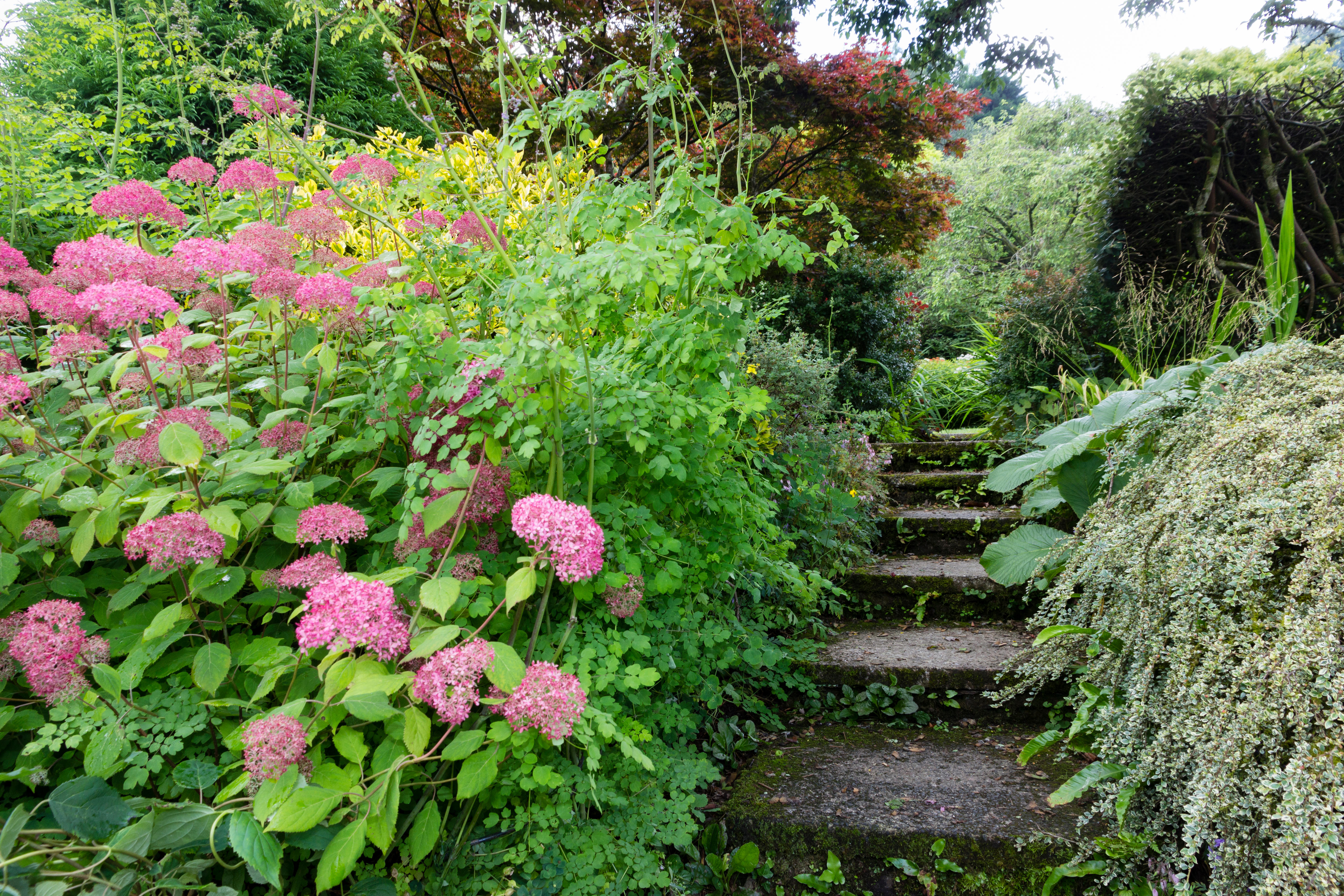
All that changed in 1789 when Sir Joseph Banks had one of its cousins shipped from China to Kew. This was H. macrophylla, a Japanese native with far more spectacular flowers than H. arborescens, in shades of red, pink, purple and blue. Suddenly, hydrangeas were no longer pure, pale and delicately understated, but bold and brilliantly colourful. This recent introduction was ‘supremely magnificent,’ wrote William Curtis in 1799, if baffling in that ‘it will sometimes happen that a plant which has produced red flowers one year, shall produce blue another, though growing in the same pot’. We did not yet understand that blue-flowered forms of this species and the related H. serrata will turn pink or mauve unless grown in markedly acid soils or treated with aluminium or iron.
The Kew specimen’s inflorescences were spherical and composed almost entirely of sterile florets. Mopheads or Hortensias, as such plants were later termed, became the beau idéal for the hydrangea-fanciers who proliferated among the Georgian gardening elite. From the 1820s onwards, more, and more beautifully coloured, mopheads arrived in Europe from Japan, chiefly as a result of Philipp Franz von Siebold’s activities.
With them came cultivars of H. macrophylla and its demure relation H. serrata that exhibited the other major inflorescence type: the lacecap, in which showy, sterile florets encircle the flowerhead’s pincushion-like fertile centre. Supplied with these materials and having solved the puzzle of its changeable hues, European breeders set about turning Hydrangea into one of the most popular and prodigiously polychromatic groups of garden shrubs.
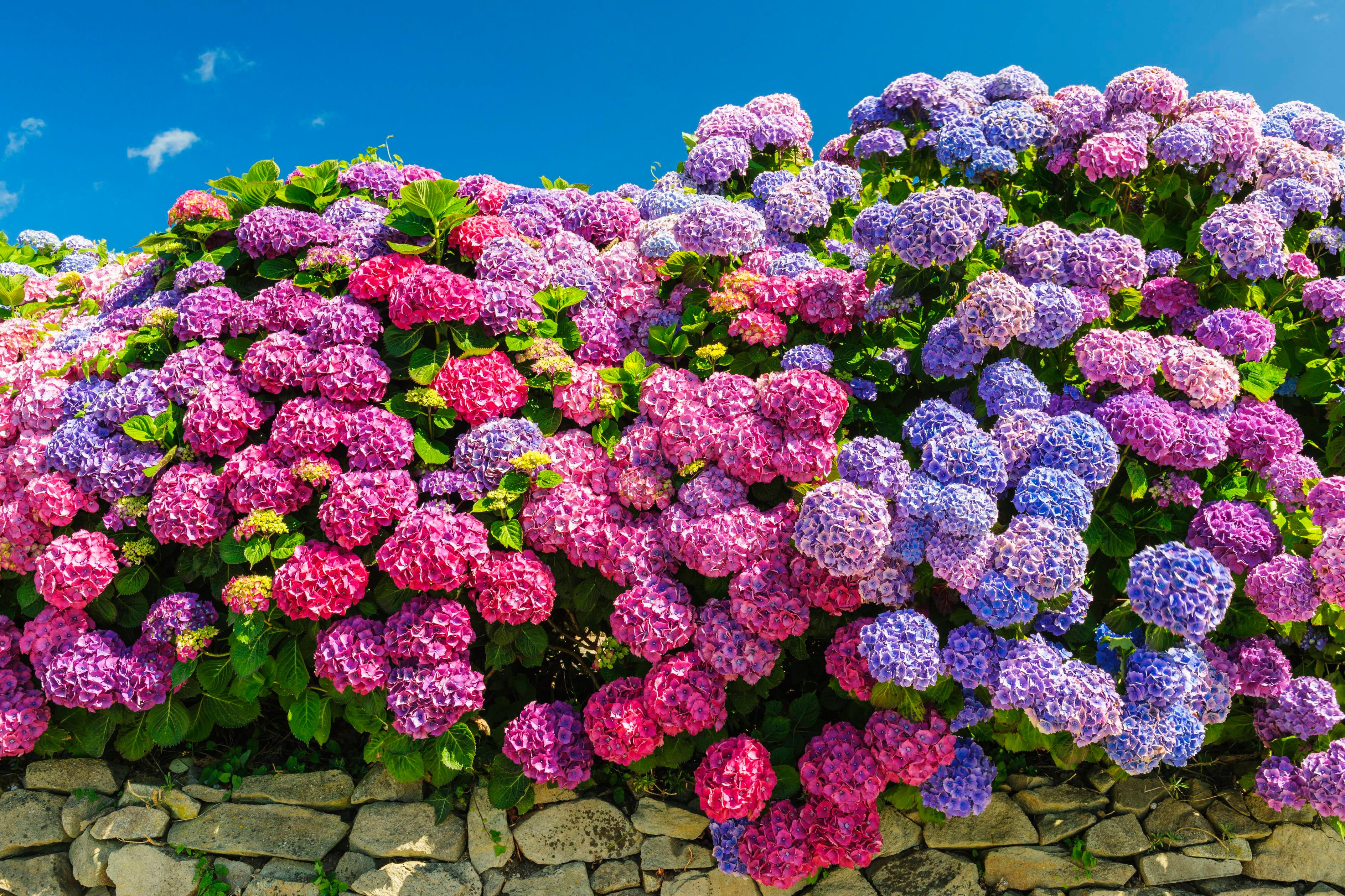
Perhaps because of its popularity, by the bicentenary of its arrival at Kew, H. macrophylla was scorned by arbiters of gardening fashion. Some condemned it as a marker of ungentrified suburbs and faded seaside resorts. Others pronounced it old hat and likened its flowerheads to the faux floral headgear of démodée matrons. Most declared its colours garish and demeanour boorish.
Instead, these trendsetters promoted H. paniculata, H. quercifolia and H. arborescens, all tastefully white- or very pale-flowered, so returning our palette of hydrangeas to its monochrome beginnings.
Sign up for the Country Life Newsletter
Exquisite houses, the beauty of Nature, and how to get the most from your life, straight to your inbox.
Only two decades later, this white-out seems absurdly self-denying. Hydrangeas are now available in a wider range of colours and forms than ever. These days, we even look for blushes in species whose alabaster-like complexion was thought unimprovably smart not long ago; hence the rise of rose-tinted cultivars, such as H. arborescens Magical Pinkerbell and H. paniculata Vanille Fraise.We’re witnessing not so much a revival of hydrangeas as a rediscovery and reinvention of them.
'They are so varied and versatile, and they peak exactly when we need colour most, at that difficult time between late summer and autumn.’
Several outstanding nurseries are involved and are ideal sources for anyone wishing to join in – notably, Mill Cottage Plants (www.millcottageplants.co.uk), where Sally Gregson has introduced exquisite H. serrata cultivars from Japan; Ashwood Nurseries (www.ashwoodnurseries.com), whose plants are selected and perfected by the masterly John Massey; and Signature Hydrangeas (www.signaturehydrangeas.co.uk), where Roger and Fiona Butler offer a dazzling range of species and cultivars old and new. The greatest credit for this renaissance, however must go to a private individual who has not only kept the hydrangea flame down the years, but has fanned it into glory: Maurice Foster.
As many plant devotees do, Mr Foster traces his horticultural interests to childhood, when he grew soft fruit on a garden plot given to him by his grandmother in Northamptonshire. Hydrangeas didn’t enter his life until he was at Cambridge reading Modern Languages. ‘The long vacation was coming,’ he recalls, ‘and I wanted a holiday job in horticulture. I sent out dozens of letters to gardens and nurseries. One went to Michael Haworth-Booth, then the UK’s most renowned hydrangea expert. He offered me £9 a week, so I joined him for a summer.
'I loved it and fell in love with the plants.'
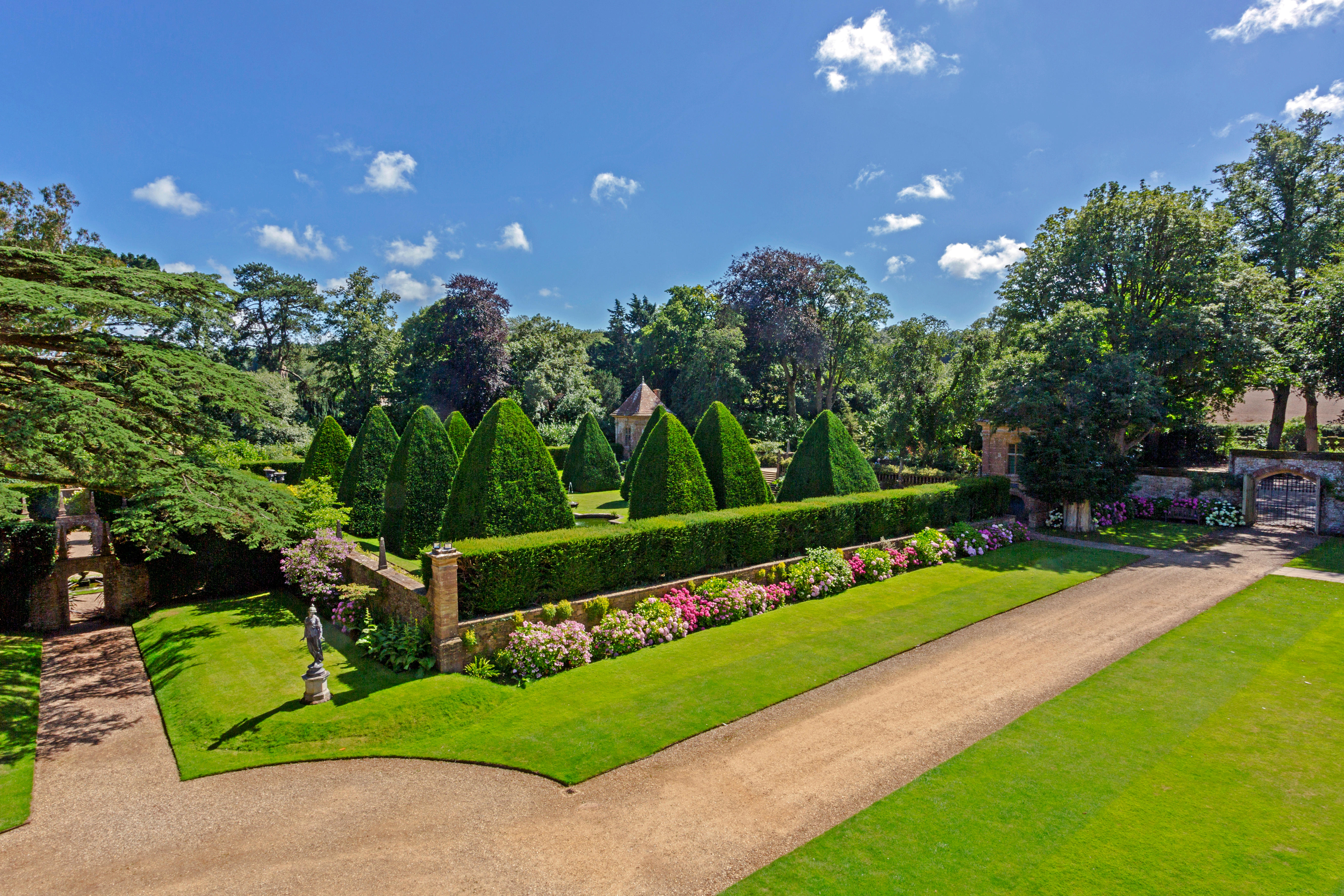
At the time, hydrangeas were dropping in popularity, which is why Michael wrote his famous book [The Hydrangeas, first published in 1950]. It’s also why, when I left his employment, he gave me a lot of cuttings and plants in the hope that I’d keep them going, which, all these years later, I still do.’
Mr Foster embarked on a highly successful career in publishing, but retained his love of horticulture and found the ideal place to pursue it in White House Farm near Sevenoaks, Kent, which he bought in 1975. ‘There was nothing here at first,’ he says, ‘but we’ve steadily brought 15 acres under cultivation, divided into three main areas: intensive garden around the house, a six-acre arboretum, and 2½ acres of woodland that’s great for hydrangeas.’
This last comment is characteristically understated: Mr Foster’s wood is traversed by a walk stretching for a quarter of a mile, ‘lined with all my H. serrata seedlings’, that ranks high among England’s most breathtaking garden landscapes.
Over the past 44 years, White House Farm has become the chief British treasure house and testing ground of Hydrangea, regardless of the fluctuations in fortune and fashion to which the genus has been prone. ‘I kept in touch with Michael,’ says Mr Foster, ‘and I still work with his plants. For example, I selected Hydrangea serrata Tiara from material he gave me when he was in his nineties.’
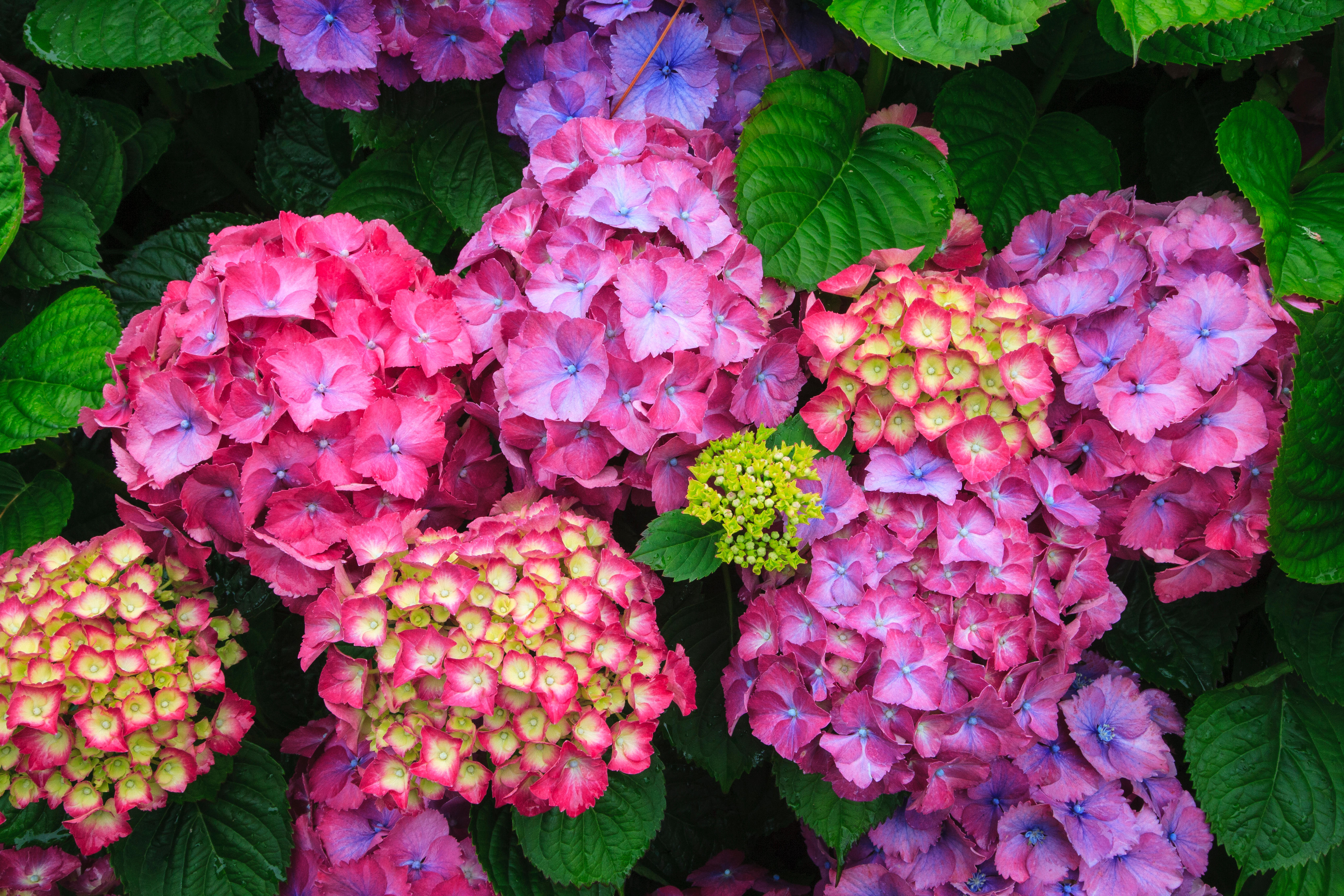
In addition to that founding stock, he has amassed the finest cultivars from around the world, from the rich crimson H. macrophylla Merveille Sanguine (‘the darkest red yet’) to the limpid lavender H. involucrata Yoraku Tama (‘a brilliant plant for shade’).
Still more significantly, Mr Foster has collected forms of the splendid H. aspera on several Asian expeditions, some of which entailed such dangers as a serious fall from a bridge into a ravine (‘All I did was stand aside for an old woman to pass and down I went – I was only being polite’).
From these collections, he has bred some magnificent cultivars, among them H. aspera Rosemary Foster, named for his late wife, the plush maroon-leaved H. aspera Hot Chocolate, and, most recently, the product of their crossing, a ravishing future classic that he has named H. aspera Marionetta.
‘I couldn’t have picked a better genus to spend my life working with,’ says Mr Foster, who is now in his eighties. ‘Even if you don’t like the big macrophyllas, a serrata, aspera or some other hydrangea will be bound to excite you. They are so varied and versatile, and they peak exactly when we need colour most, at that difficult time between late summer and autumn.’
Hydrangeas might well repay the compliment: they could have no greater custodian than the wizard of White House Farm.
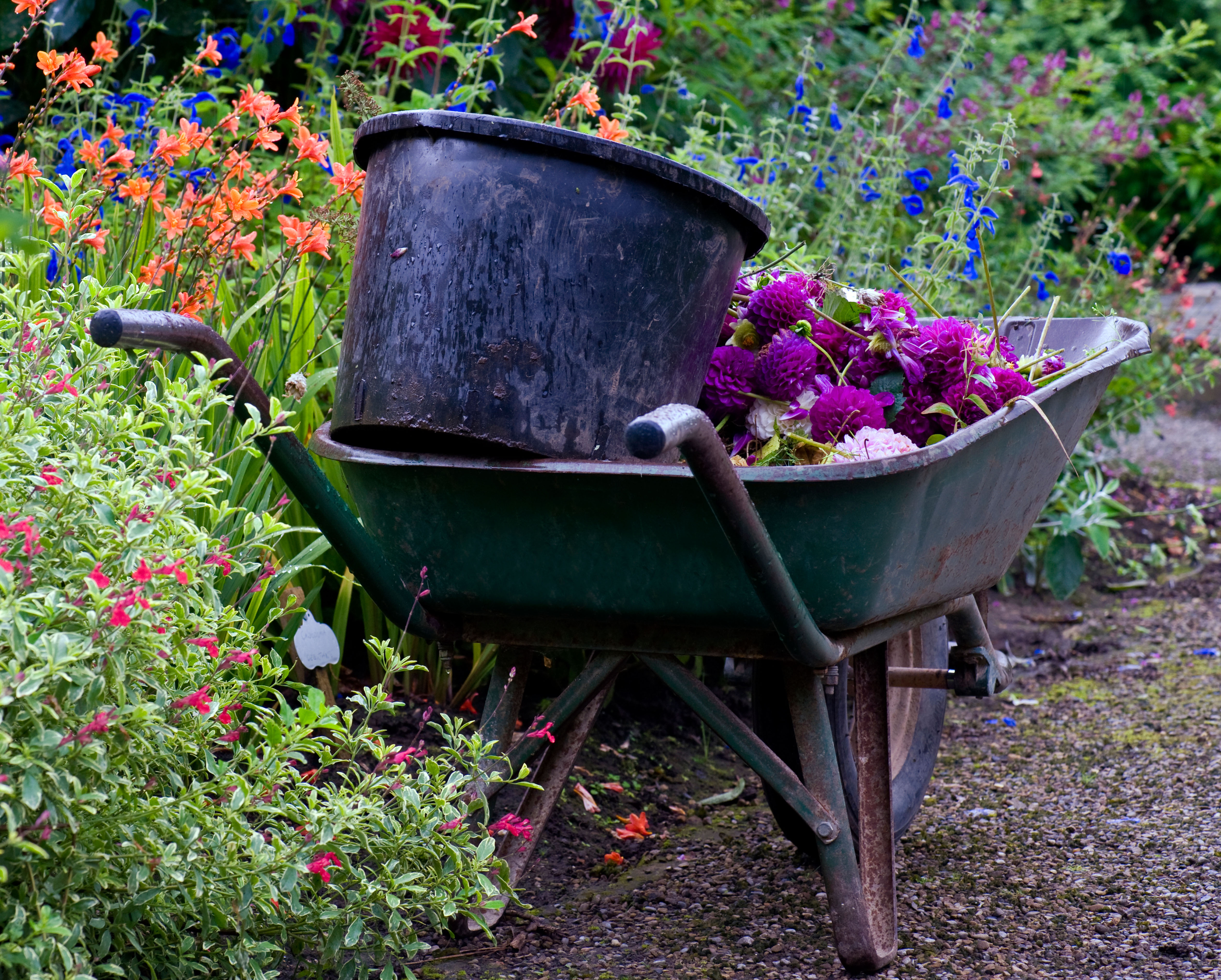
Credit: Alamy
Deadheading? Don't worry about it too much, or you'll miss out on some fine surprises
Mark Griffiths passes on sage advice about deadheading old plants from one of the greats of gardening — but cautions us
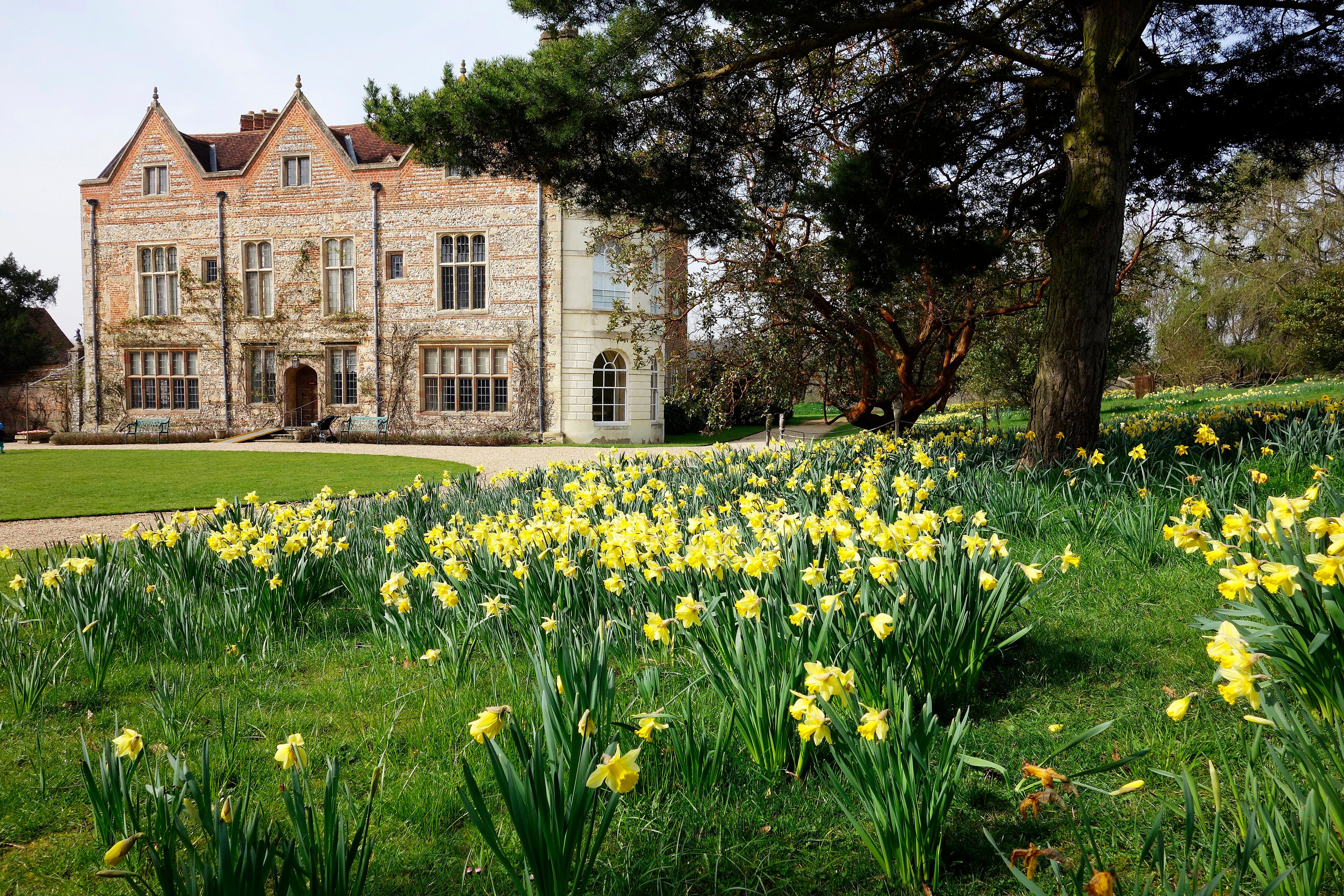
Credit: Alamy
The best daffodils and narcissi to grow your garden, whether in pots, grass or borders
With more than 26,000 to choose from, it can be agonising deciding which narcissus to grow. Charles Quest-Ritson asks daffodil
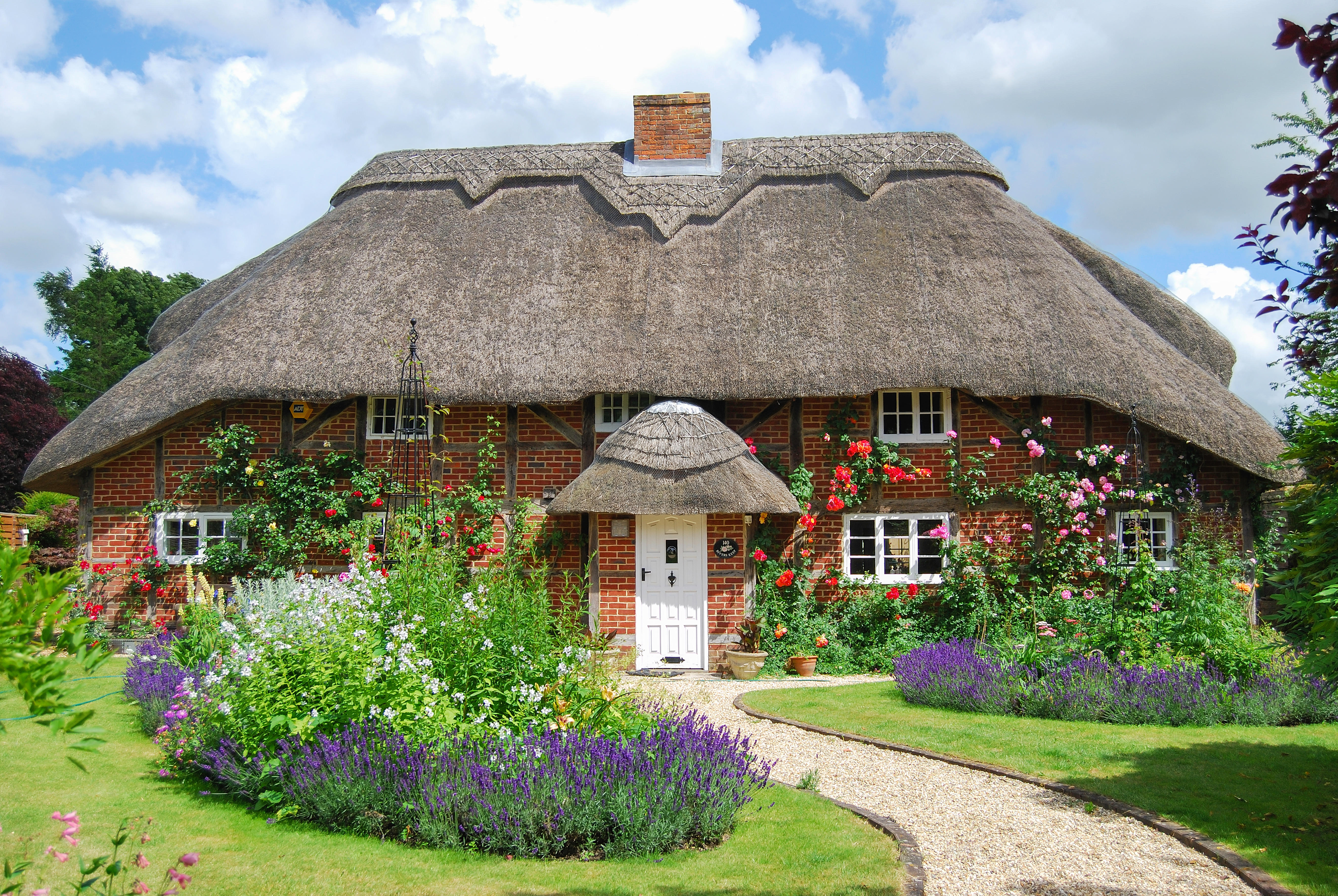
Credit: Alamy Stock Photo
How to create a classic English country cottage garden: What to plant, where to plant it and what to use around it
The classic English country garden has an appeal that never goes out of style. Val Bourne reflects on how it's
-
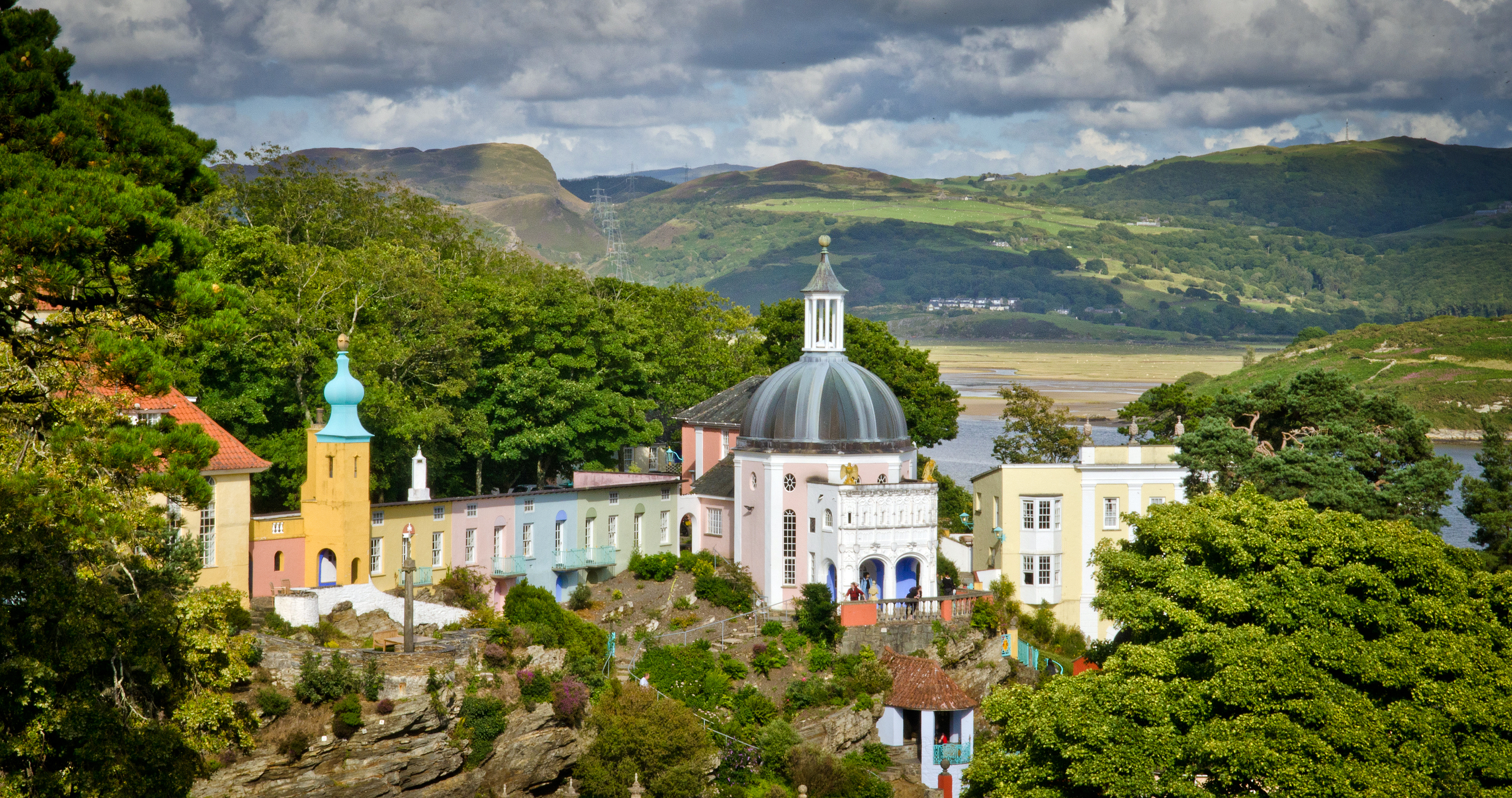 ‘If Portmeirion began life as an oddity, it has evolved into something of a phenomenon’: Celebrating a century of Britain’s most eccentric village
‘If Portmeirion began life as an oddity, it has evolved into something of a phenomenon’: Celebrating a century of Britain’s most eccentric villageA romantic experiment surrounded by the natural majesty of North Wales, Portmeirion began life as an oddity, but has evolved into an architectural phenomenon kept alive by dedication.
By Ben Lerwill
-
 Never leave a bun behind: What to do with leftover hot cross buns
Never leave a bun behind: What to do with leftover hot cross bunsWhere did hot cross buns originate from — and what can do with any leftover ones?
By Amie Elizabeth White